 I apologize for yesterday’s interruption of service in this blog. I moved hosting company because the old one was too slow and unreliable.
I apologize for yesterday’s interruption of service in this blog. I moved hosting company because the old one was too slow and unreliable.
Unfortunately, I fell for the 5-star reviews which actually ended up being paid by the hosting company… I wish that they would invest half their marketing dollars on lowering server load.
Oh well… The blog does work much faster on the new server, so I’m sure that it will make your experience on this site much more pleasant. Hope you enjoy it!

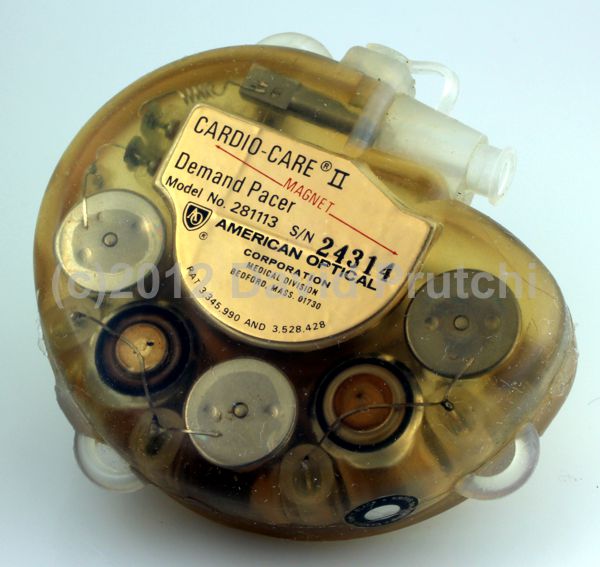
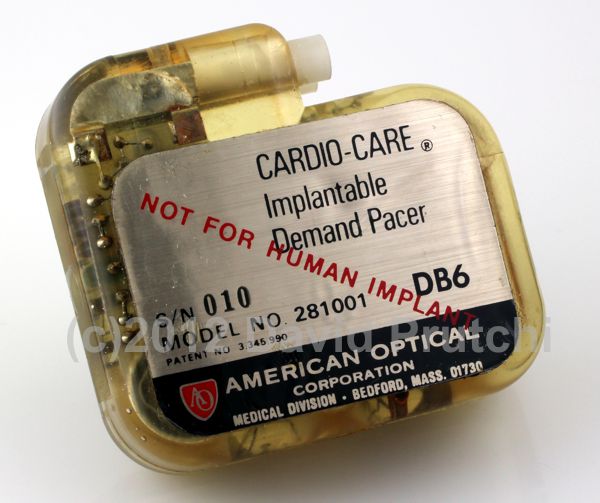


 Nanowattics was founded in 2007 to provide development services of ultra-low-power application-specific integrated circuits (ASICs) for safety-critical applications.
Nanowattics was founded in 2007 to provide development services of ultra-low-power application-specific integrated circuits (ASICs) for safety-critical applications.
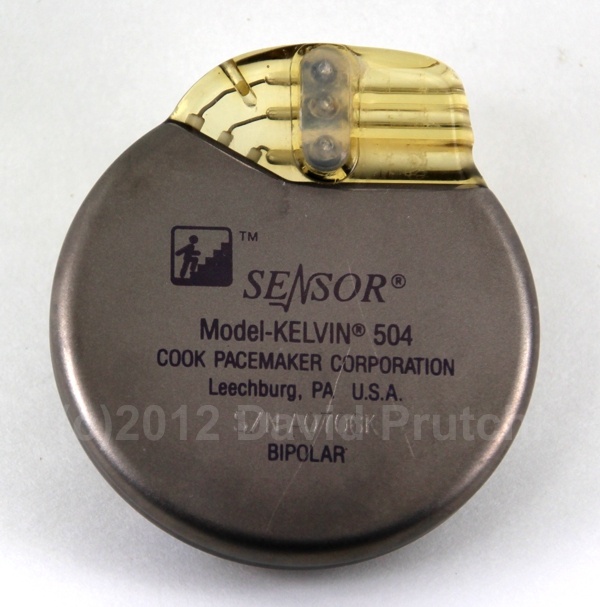
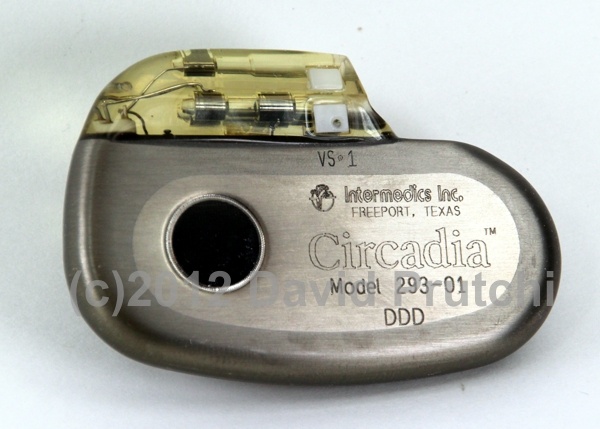
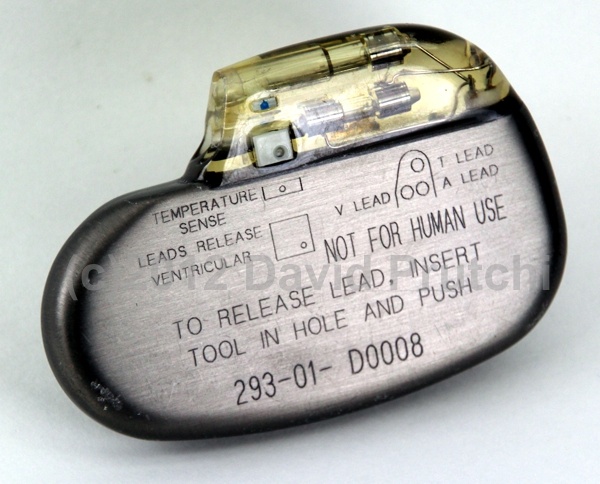
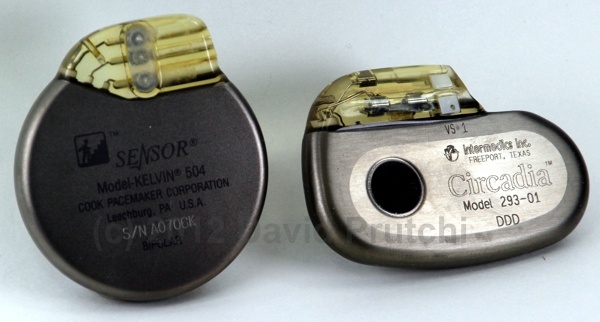 One of the indicators of metabolic demand that has been used for controlling the rate of pacemakers is central venous blood temperature (CVT).
One of the indicators of metabolic demand that has been used for controlling the rate of pacemakers is central venous blood temperature (CVT).
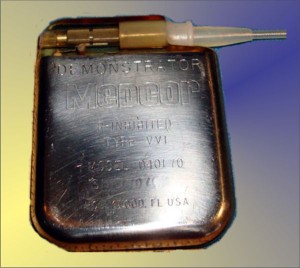



 Leptos Biomedical was founded in Fridley, MN in 2002 by Dr. John D. Dobak. Leptos intended to develop an implantable device to stimulate the greater splanchnic nerve, that was hoped would result in reduced food intake and increased energy expenditure.
Leptos Biomedical was founded in Fridley, MN in 2002 by Dr. John D. Dobak. Leptos intended to develop an implantable device to stimulate the greater splanchnic nerve, that was hoped would result in reduced food intake and increased energy expenditure.